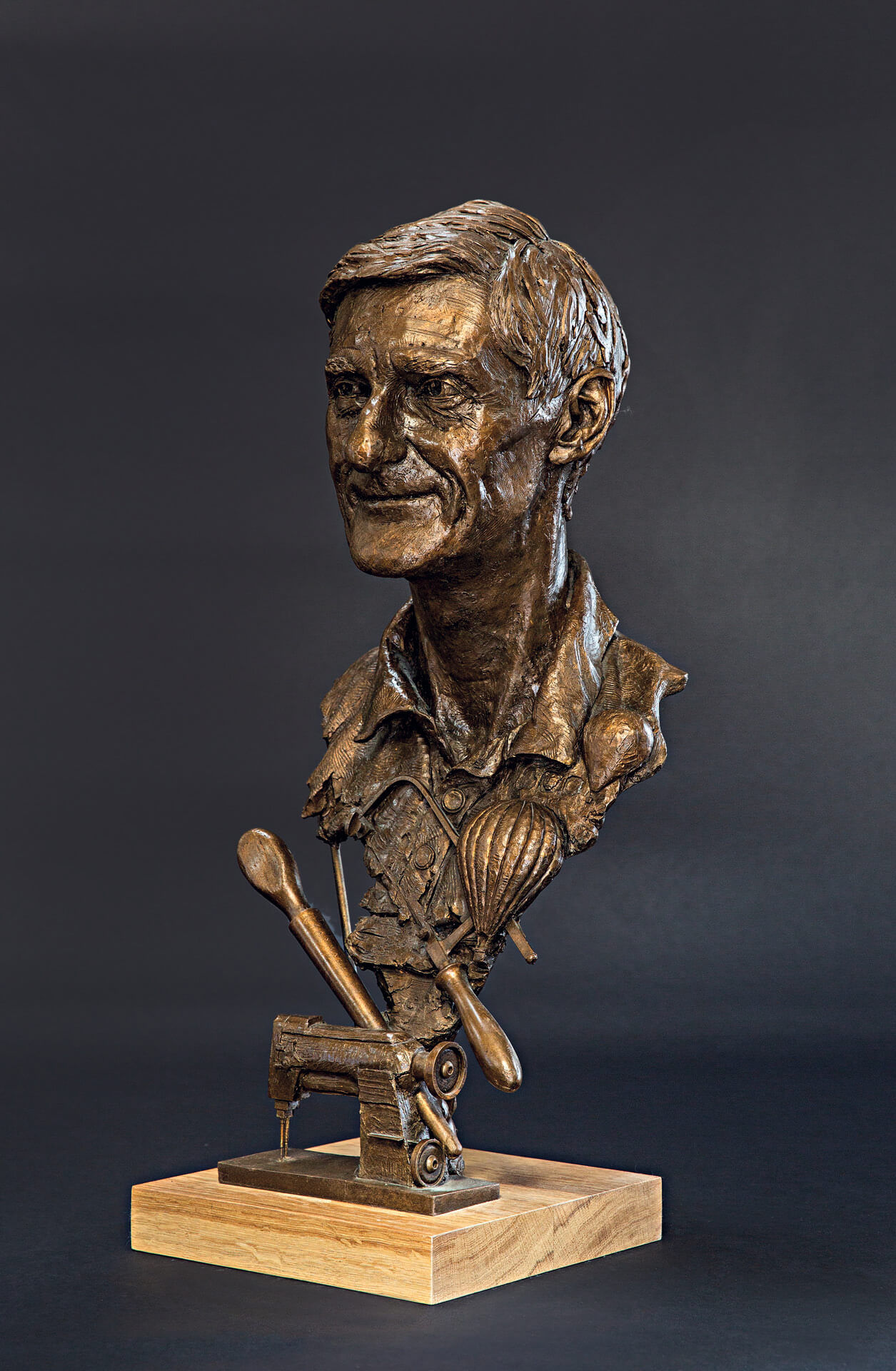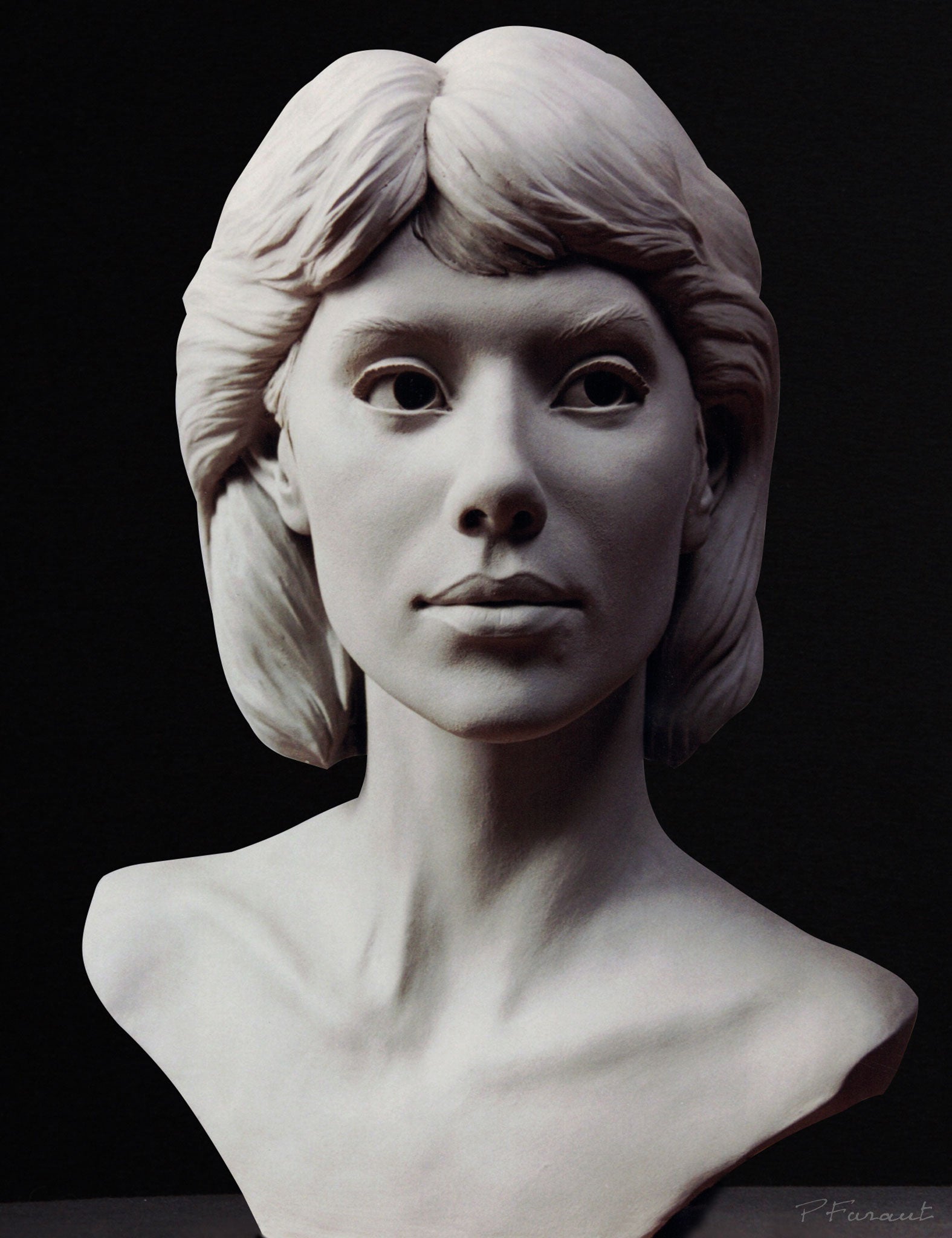Forming the Human Kind: Representations of the Body in Sculpture
Forming the Human Kind: Portrayals of the Body in Sculpture is an extensive expedition of the artistic representation of the human body throughout history. From the elegant marble sculptures of ancient Greece to the elaborate masterpieces of the Renaissance, from the luxuriant and flamboyant Baroque and Rococo sculptures to the avant-garde and abstract expressions of modern and modern sculpture, this exhibition provides a fascinating trip with the advancement of this classic art kind.
Old Greek Sculptures

One of the specifying characteristics of Old Greek sculptures is their focus on symmetry. Each component of the body is meticulously crafted to be symmetrical to the entire, creating a feeling of equilibrium and consistency. The sculptors paid careful interest to every information, from the positioning of muscular tissues to the positioning of arm or legs, ensuring that each figure appeared both graceful and effective.
Instead than depicting the flaws and imperfections of the human kind, they sought to produce an idyllic variation of reality. The sculptures typically represented athletes, sirens, and gods, with their bodies formed to excellence.
Renaissance Masterpieces
Continuing the exploration of the portrayal of the human type in sculpture, Renaissance masterpieces additionally refine the idealized idea of appeal, structure upon the unified and symmetrical proportions of their Ancient Greek predecessors. During the Renaissance period, which extended from the 14th to the 17th century in Europe, musicians looked for to revitalize the timeless ideals of old Greece and Rome. They studied and imitated the jobs of the old masters, pursuing a realistic representation of the body.
His masterpiece, the sculpture of David, exemplifies the perfection and grace that came to be identified with Renaissance art. Standing at over 17 feet high, the sculpture portrays the biblical hero in a state of tranquility prior to his battle with Goliath.
Another noteworthy Renaissance sculptor was Donatello. His sculpture of Saint George, developed in the very early 15th century, showcases the artist's ability to share stamina and nobility via the human type. The statue shows the legendary dragon-slaying saint in a poised and positive position, showing a feeling of heroism.
Renaissance masterpieces not just celebrated the physical elegance of the body but additionally communicated much deeper feelings and meanings. Via their precise attention to information and competent workmanship, Renaissance carvers elevated the art of sculpture to new heights, leaving a long-term tradition that remains to influence musicians to today.
Baroque and Rococo Sculpture
Rococo and baroque sculpture exemplifies the elaborate and extravagant portrayal of the human kind during the 17th and 18th centuries. Defined by its dramatic and vibrant design, Baroque sculpture intended to captivate customers through its magnificence and psychological intensity. Artists such as Gian Lorenzo Bernini and Alessandro Algardi developed sculptures that conveyed motion, often portraying figures in significant poses. Using light and darkness further enhanced the sense of dramatization, developing a theatrical effect.
Rococo sculpture, on the other hand, emerged as a reaction to the grandiosity of the Baroque period. It accepted a much more fragile and spirited approach, focusing on ornamental details and elaborate styles. François Boucher and Jean-Baptiste Pigalle projected Rococo artists that crafted jobs identified by their style and beauty. They usually represented numbers in elegant and sensuous positions, showing the lighthearted and whimsical nature of the Rococo style.
Both Baroque and Rococo sculpture placed a fantastic emphasis on the human kind, commemorating its charm and expressing a series of feelings - Equine Sculptures. Whether it was the effective and vibrant figures of the Baroque or the graceful and captivating figures of the Rococo, these sculptures captured the significance of the human experience, leaving an enduring effect on the art globe
Modern and Contemporary Sculpture
The advancement of shaping the human type continues in modern-day and contemporary sculpture. With the introduction of brand-new materials and techniques, musicians have pressed the boundaries of depiction, challenging traditional ideas of type and elegance. Modern sculpture emerged in the late 19th century as a response to the transforming social and political landscape. Musicians such as Auguste Rodin and Constantin Brancusi sought to record the essence of the human kind, emphasizing feeling and movement. Rodin's "The Thinker" and Brancusi's "Bird in Space" are renowned examples of this period.
In the 20th century, the rise of abstraction and conceptual art brought brand-new possibilities for carvers. Musicians like Henry Moore and Barbara Hepworth discovered the relationship between type and room, developing abstracted and organic figures that challenged standard ideas of representation. Moore's huge bronze sculptures and Hepworth's carved stone works are celebrated for their ingenious usage of products and their capacity to stimulate a feeling of the body in a non-literal way.
Contemporary sculpture remains to push the borders of representation and explore new materials and techniques. Artists like Antony Gormley and Ron Mueck create hyper-realistic sculptures that challenge our perception of the human body, while others, such as Louise Bourgeois and Kiki Smith, utilize the body as a metaphor for personal and collective experiences. The human kind remains a powerful subject in sculpture, providing a platform for musicians to discover identification, feeling, and the human condition.
Social Perspectives on the Human Body

In the expedition of shaping the human form, the examination of social point of views on the human body reveals a diverse and abundant tapestry of interpretations and representations. Throughout history, different societies have held unique ideas and values concerning the body, leading to distinct imaginative expressions - Robert C Hitchcock Sculptor. These cultural point of views form the means the body is depicted and perceived in sculpture, showing societal standards, faiths, and visual perfects
For instance, old Greek sculptures celebrated the idealized human form, highlighting physical appeal and athleticism. The sculptures depicted gods, heroes, and professional athletes with flawlessly proportioned bodies, personifying the Greek principle of physical excellence. On the other hand, old Egyptian sculptures concentrated on the conservation of the body in the immortality, portraying figures with idealized features and rigid positions. The Egyptians believed that the body should be presented in a manner that guaranteed its infinite presence.
Similarly, cultural viewpoints on the body in African art commonly highlight communal identification and spiritual ideas (Contemporary Sculptures). Sculptures from different African cultures show the body with overstated functions, symbolizing social values and ancestral links. Aboriginal cultures in the Americas additionally have special perspectives on the body, usually showing it in a spiritual context and highlighting the link between humans and nature
The assessment of cultural viewpoints on the human body in sculpture permits us to acquire understanding into the worths, beliefs, and visual appeals of different cultures throughout history. It highlights the variety of human experiences and the methods which art shows and forms our understanding of the human type.

Verdict
In verdict, the portrayal of the human body in sculpture has actually progressed over time, mirroring different creative movements and social point of views. From the idyllic numbers of Ancient Greek sculptures to the stirring and sensible Renaissance masterpieces, and the intricate information of Baroque and Rococo sculptures, to the abstract and experimental kinds of modern and modern sculpture. The human body has actually been a subject of attraction and artistic expedition throughout history, showcasing the diverse analyses and expressions of the human type.
Forming the Human Form: Portrayals of the Body in Sculpture is a detailed exploration of the creative depiction of the human body throughout history. From the elegant marble sculptures of ancient Greece to the detailed masterpieces of the Renaissance, from the ornate and flamboyant Baroque and Rococo sculptures to the avant-garde and abstract expressions of modern-day and contemporary sculpture, this exhibit supplies a captivating trip through the advancement of this timeless art type. Musicians like Antony Gormley and Ron Mueck create hyper-realistic sculptures that challenge our understanding of the human body, while others, such as Louise Bourgeois and Kiki Smith, make use of the body as a metaphor for personal and cumulative experiences. The human type stays an effective subject in sculpture, offering web link a system for artists to discover identity, emotion, and the human condition.
From the idealized numbers of Old Greek sculptures to the realistic and emotive Renaissance work of arts, and the detailed details of Baroque and Rococo sculptures, to the abstract and experimental forms of contemporary and modern sculpture.